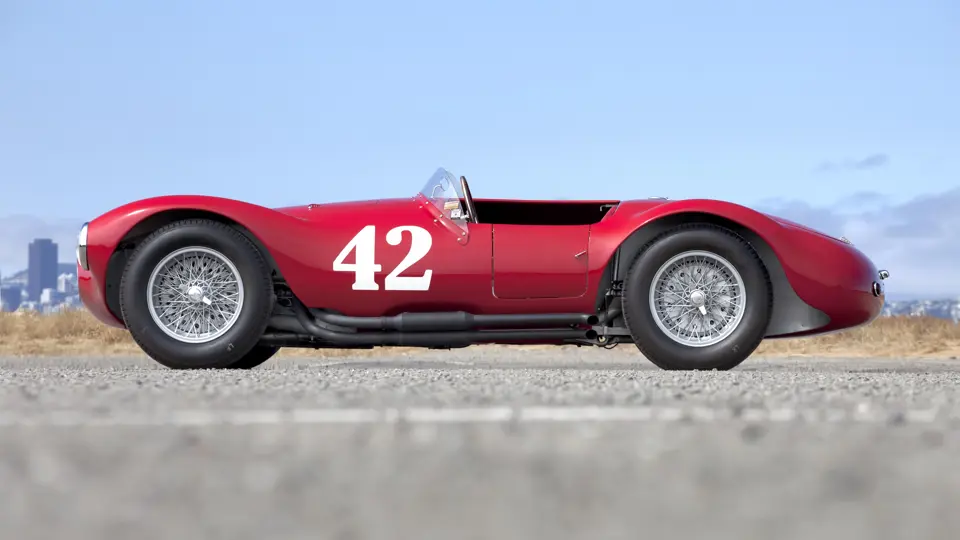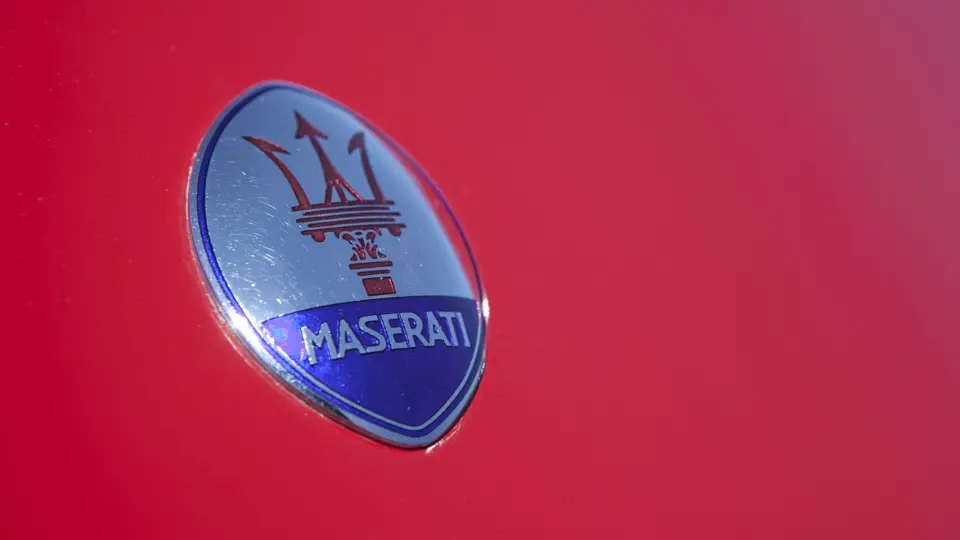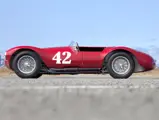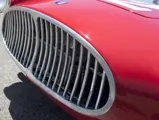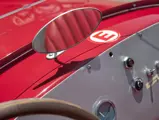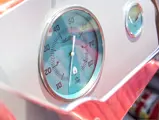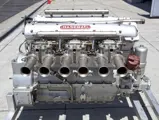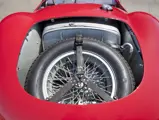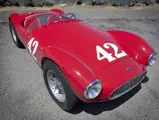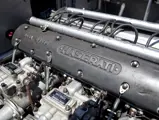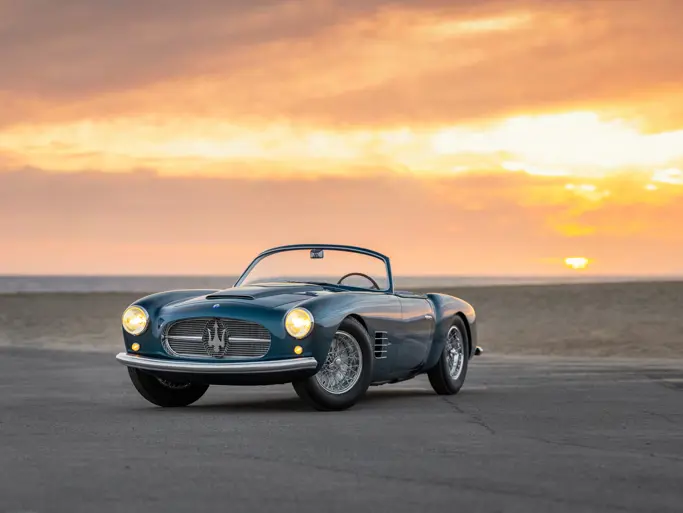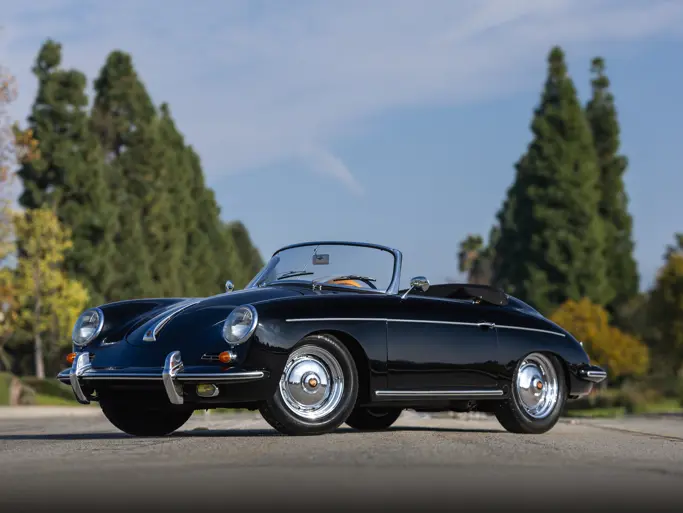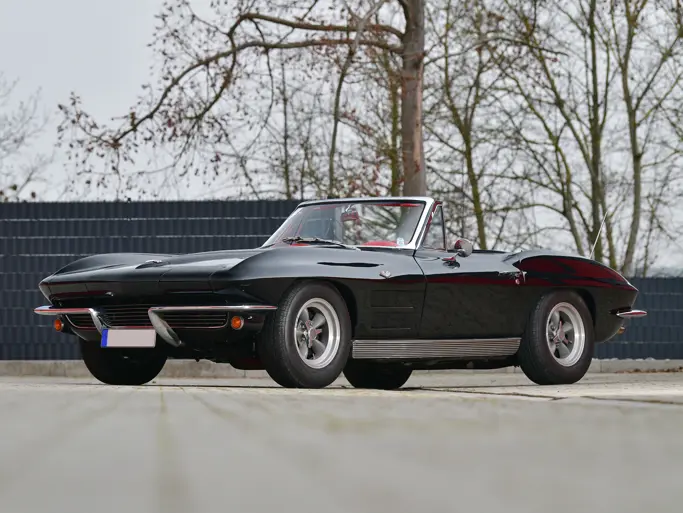
1953 Maserati A6GCS/53 Spyder by Fantuzzi
{{lr.item.text}}
$2,450,000 - $2,950,000 USD | Not Sold
{{bidding.lot.reserveStatusFormatted}}
- Continuous ownership history, documented by John de Boer
- Includes FIA and FIVA certification
- One of the most beautiful sports racing Maseratis
- Period-correct engine fitted; additional spare engine included
- Eligible for every leading international event
170 hp, 1,985 cc inline six-cylinder engine with three Weber dual-choke carburetors, four-speed manual gearbox, independent front suspension with upper and lower wishbones, coil springs, and Houdaille shocks, rear suspension with rigid axle, semi-elliptic springs, and Houdaille shocks, and four-wheel drum brakes. Wheelbase: 90.9 in.
By the early 1950s, business was improving for Maserati with the introduction of exciting and successful new cars for both road and track. Their new post-war models, which featured the A6 1,500-cubic centimeter six-cylinder and the A6G two-liter six-cylinder engines designed by Alberto Massimino, produced sprightly performance, but more power would be necessary to win races.
Enter the A6GCS, which evolved into the A6GCS/53. This new car used an updated version of the Maserati two-liter, which was developed by Gioacchino Colombo and inspired by a Formula Two design used in the A6GCM. The new engine featured a cast aluminum block fitted with cast-iron cylinder liners for new aluminum pistons and twin overhead camshafts with dual-plug ignition. This short-stroke architecture with seven main bearings by Vandervell, which is supported by a nitrided crankshaft, produced a prodigious 170 horsepower in the catalogued “Mille Miglia” tune.
The competition-oriented A6GCS/53 created a sensation for Maserati from its launch. The CS, for “Corsa Sport,” featured a tubular chassis generally made by Gilco, who also supplied Ferrari and other specialty builders of the time. In total, a mere 52 examples were built between 1953 and 1955, with 48 of them being open spyders and four of them built with the berlinetta body by Pinin Farina. Of the spyders, Carrozzeria Fantuzzi provided the most sinuously shapely bodies, which were crafted from lightweight aluminum.
Now appropriately re-engineered, the A6GCS/53 achieved remarkable results in international competition. Among its victories were the 1953 Mille Miglia, where it achieved 3rd overall and 1st and 2nd in class, battling Mercedes-Benz and Ferrari teams. It was well campaigned in Europe and the UK, South America, and especially in the U.S. Through subsequent years, the A6GCS/53 remained competitive, and as a result, many of them underwent multiple engine changes and other modifications. Quite often, as with other Italian racing cars of the period that raced in the U.S. and South America, strong, reliable, and readily available American powerplants were used to replace worn or destroyed Maserati units.
In considering the history of a vintage race car, the necessity to pursue diligent research and to consider the level of record keeping common for racing teams during the period in which the car was driven competitively is very important. Italian automotive historian and authority John de Boer prepared an extensive history of chassis 2053 in 2008. This portrait of the Maserati’s provenance was compiled over several years and reflected interviews and conversations of more than a score of people with close ties to the world of Maserati, including both racing and blue-chip collector cars. (The history also notes that de Boer worked on this car when it was in the shop of Epifani Restorations, of Berkeley, California, during the 1990s.)
Chassis 2053 was delivered by the Maserati factory to U.S. Maserati distributor and team owner Tony Pompeo, through his entity, P. Ducati Motors, in 1953. Fascinatingly, 2053 was photographed doing some demonstration laps during the SCCA Nationals at Thompson Raceway on December 12, 1953, in the hands of Juan Manuel Fangio himself, in the famous and familiar drift position. During its display at the International Motor Sports Show, in New York, Pompeo sold the car to its first “civilian” owner, Don McKnought, early in 1954, whereupon he entered it into the Sebring 12 Hours. However, he DNF’d after 67 laps.
Extensively raced since, it suffered an accident at the Brynfan Tyddyn Road Races in Pennsylvania and was sold to Fritz Koster in 1955. Koster also owned A6GCS/53 chassis 2039 and, therefore, raced 2053 very little. In 1958, he sold 2053 to James and Ben Diaz. These brothers, after racing it briefly in its original configuration, refurbished the car, sold engine 2053 to Karl Ludvigsen, installed a Chevrolet V-8 engine, and returned the Maserati to the race track for a few events, where the car did well. In this configuration, it was purchased by Gus Buscham in 1961, who, in turn, sold it to Louis Casazza three years later.
Casazza retained ownership of the car for almost 25 years, before selling it to noted Maserati expert and owner of MIE International, Frank Mandarano, in 1989. Mandarano commissioned the creation of a reproduction Maserati engine with high performance specification, which was stamped 2053 to match the chassis. Mandarano also endeavored to return the car back to its original look by removing a faired-in headrest that it had acquired along the way, as well as restoring other features.
Japanese collector Hiroshi Kobayashi bought the A6GCS/53 in 1995, where it joined his impressive stable. It was next moved into the ownership of Dr. Julio Palmaz, at which point it returned to the U.S. in 1999. Dr. Palmaz engaged famed Italian car restorer Nino Epifani, of Berkeley, California, to re-restore the car to original cosmetic and mechanical condition, at a cost said to be in excess of $200,000. The car was next acquired by Peter Hosmer in 2003, and it joined the current owner’s collection in 2006.
The sleek and purposeful body is finished beautifully and appropriately in red. Inside, the flat silver paint and simple pleated-red-leatherette seats are set off by lovely bright teal instrument faces, as they would have been fitted by Maserati. Details abound and include the correct fuel pumps in the passenger foot well, which were located, restored, and fitted by Epifani. The car sits on painted Borrani wire wheels with nearly new tires. As lovely as the body and interior are finished, so is the undercarriage, rear stowage area, and engine bay. True to original in all respects, they are also fully detailed to show standards. Most importantly, a correct and original A6GCS engine, number 2067, was located and rebuilt with correct components and accessories. It was also strengthened and uprated to racing specification, with 202 horsepower at 7,600 rpm and an impressive 197 foot-pounds of torque. This engine is now fitted into chassis 2053 and renders the entire package period-authentic to its history.
This car’s impeccable cosmetic condition has been proven by it winning Best in Class and Most Desirable at the New Hampshire International Speedway Concours d’Elegance in 2004, under Hosmer’s ownership. Later that year, it was also shown in California at the Hillsborough Concours and won the Sid Colberg Award. Its bona fides on the track, while fitted with the powerful period-correct engine, were established at Infineon Raceway, taking a class win in the 2009 season of the Shell Historic Ferrari Challenge, plus a 2nd overall at the Monterey Historic Automobile Races at Laguna Seca the same year. The Maserati qualified on the front row and distinguished itself with dignity in a field of well-prepared and historically significant race cars, including another Maserati A6GCS/53.
Offered today with a correct A6GCS/53 engine and possessing an FIA Heritage Certificate and FIVA Passport, the historical continuity of this presentation has been greatly enhanced. This model is not only one of Maserati’s most historically significant sports cars, it is also one of the most attractive, with its exquisite Fantuzzi Spyder coachwork. With interest in historic sports racing cars at an all-time high, ownership of a car such as this captivating Maserati is certain to be an exciting experience. A vehicle such as this Maserati is an alluring ticket to participation in leading events around the world, from concours to rallies to vintage racing, at the highest levels.




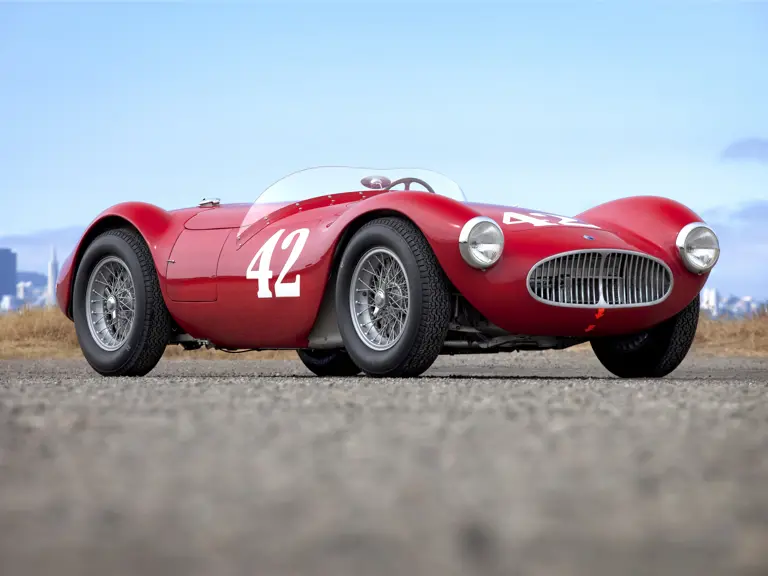
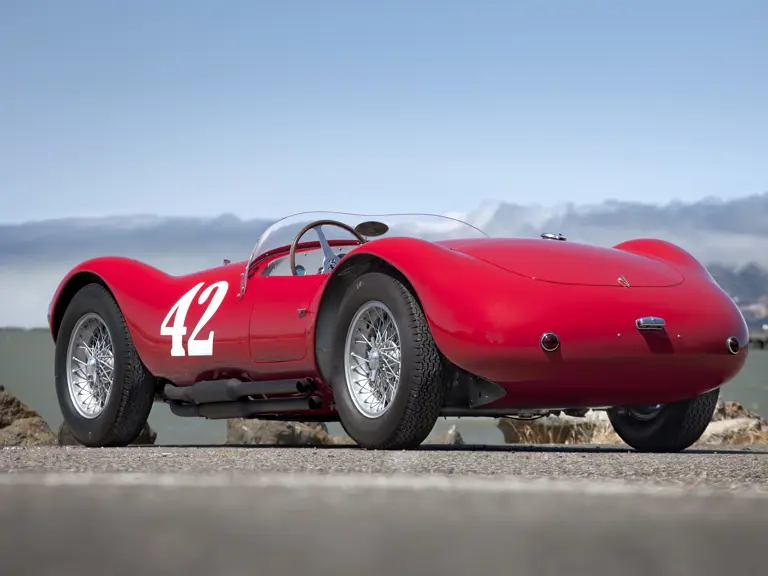

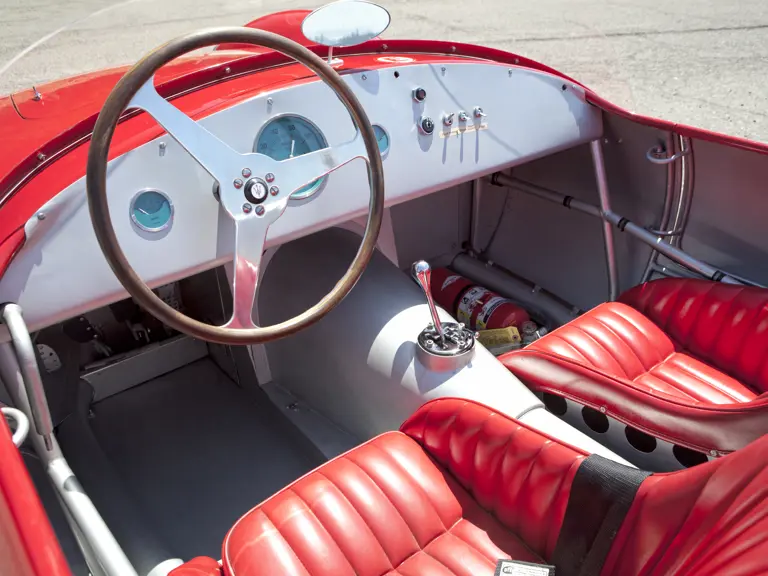


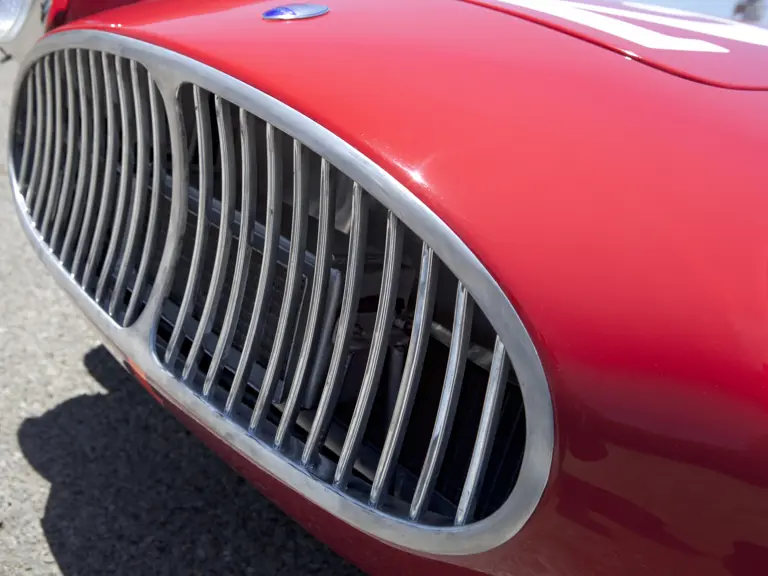


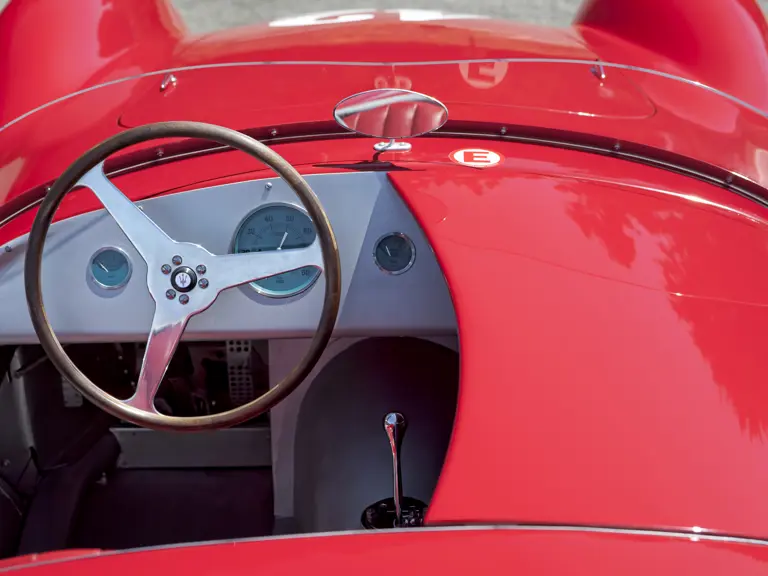
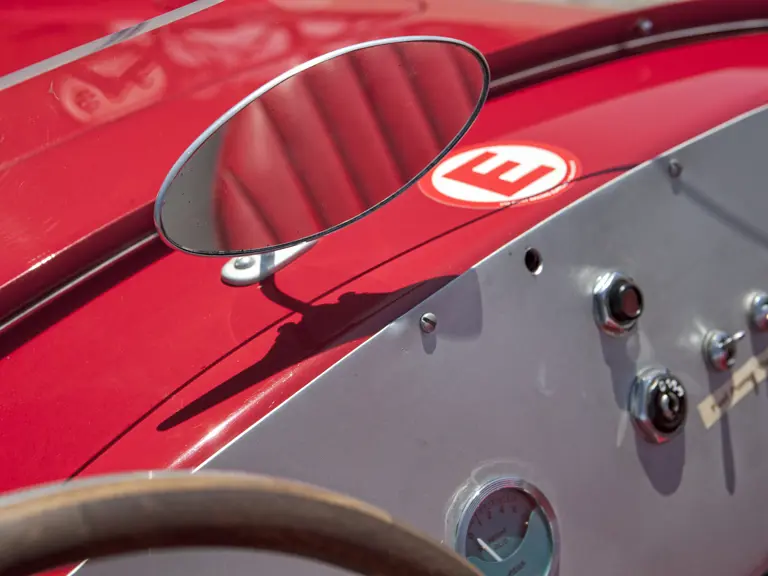
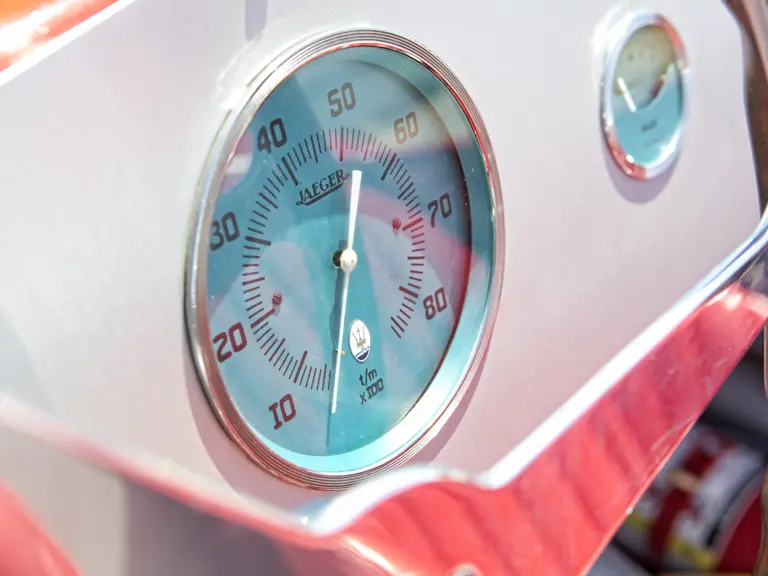
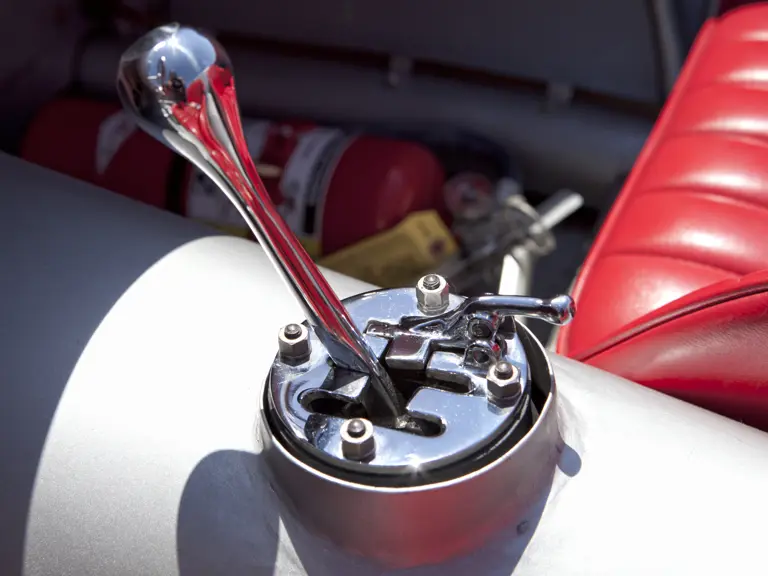
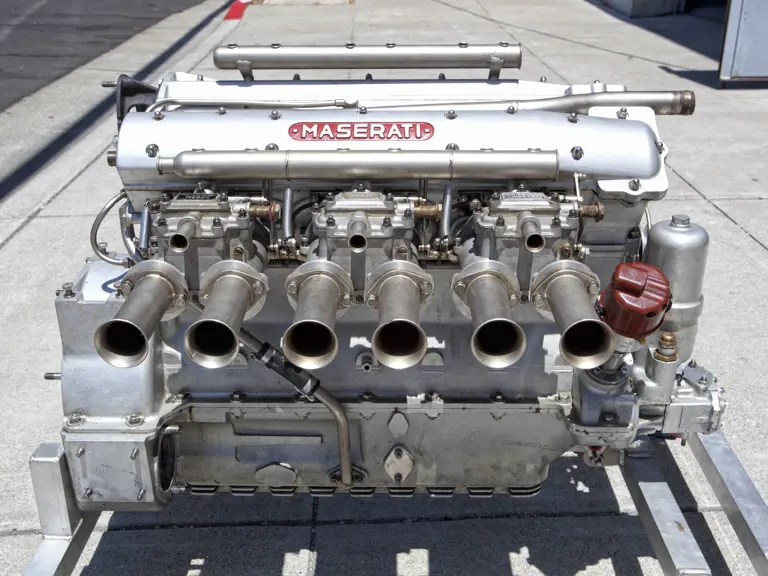
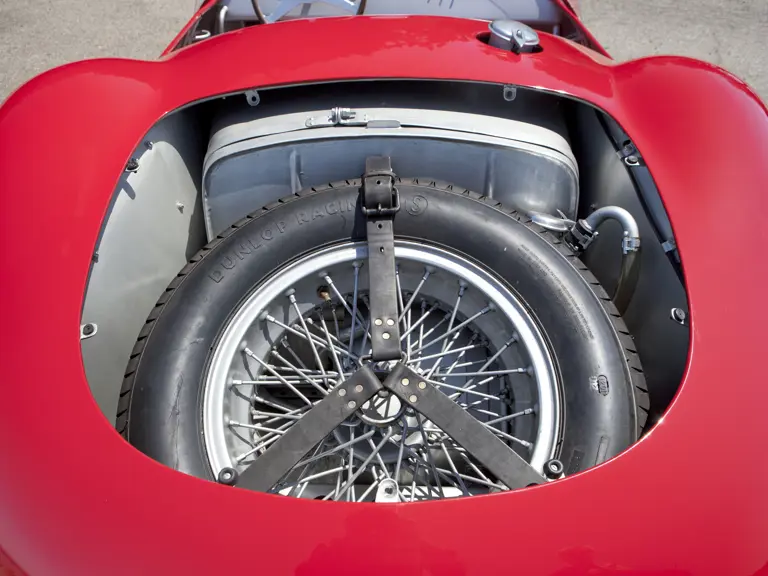
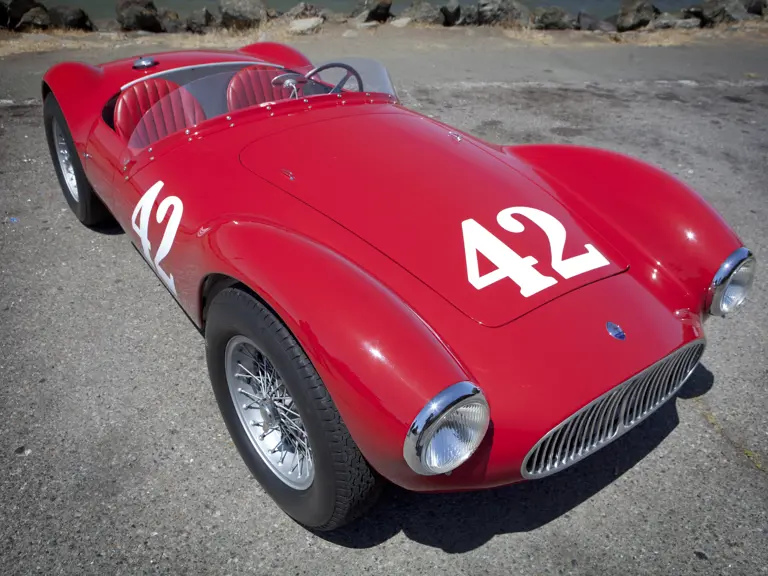


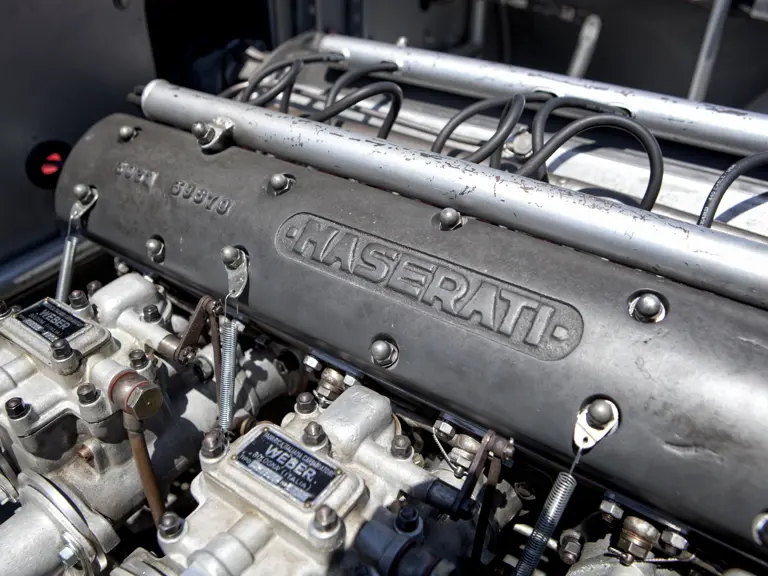
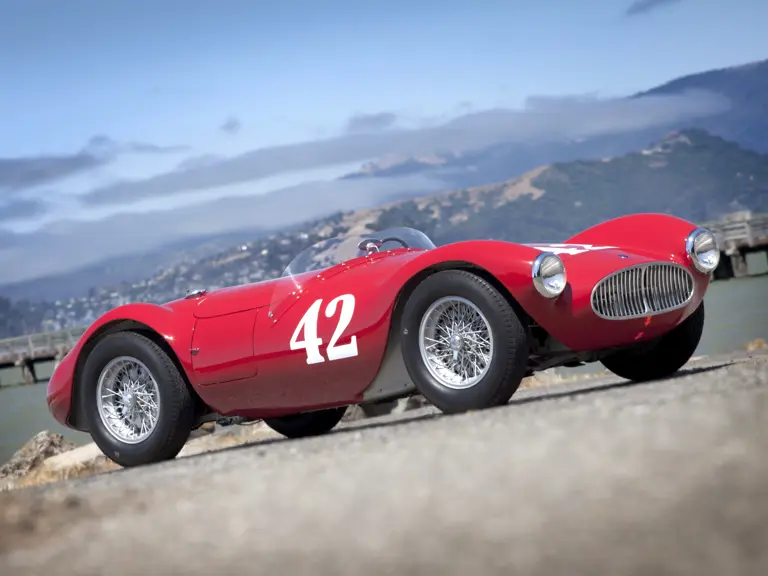
 | Monterey, California
| Monterey, California
